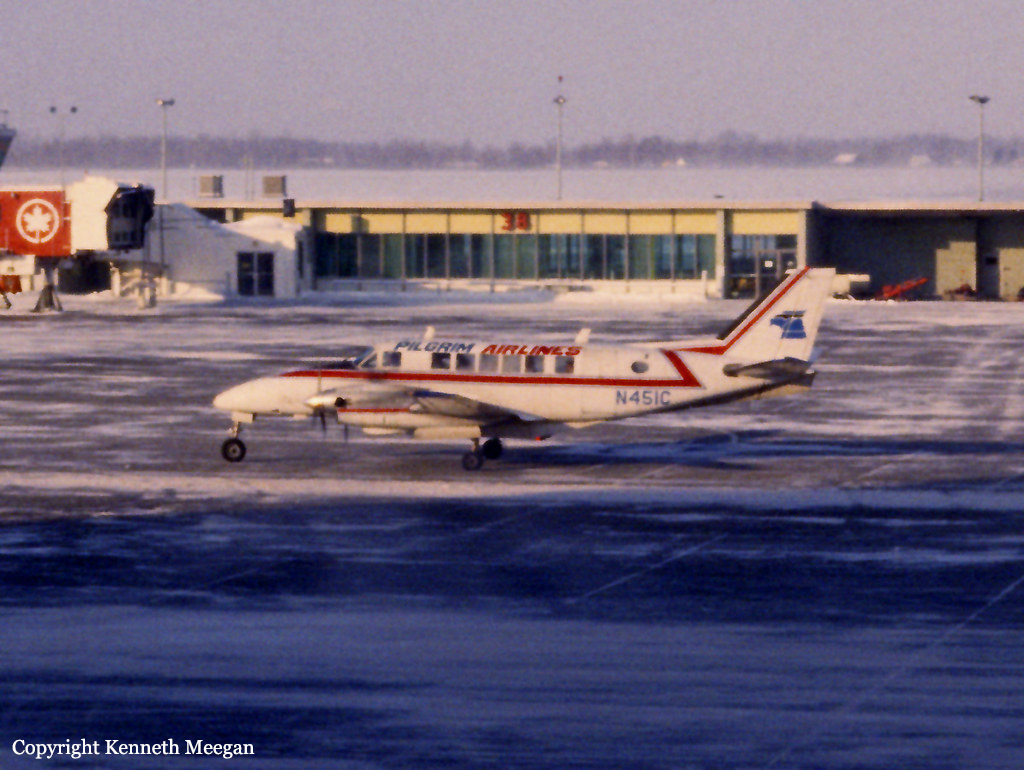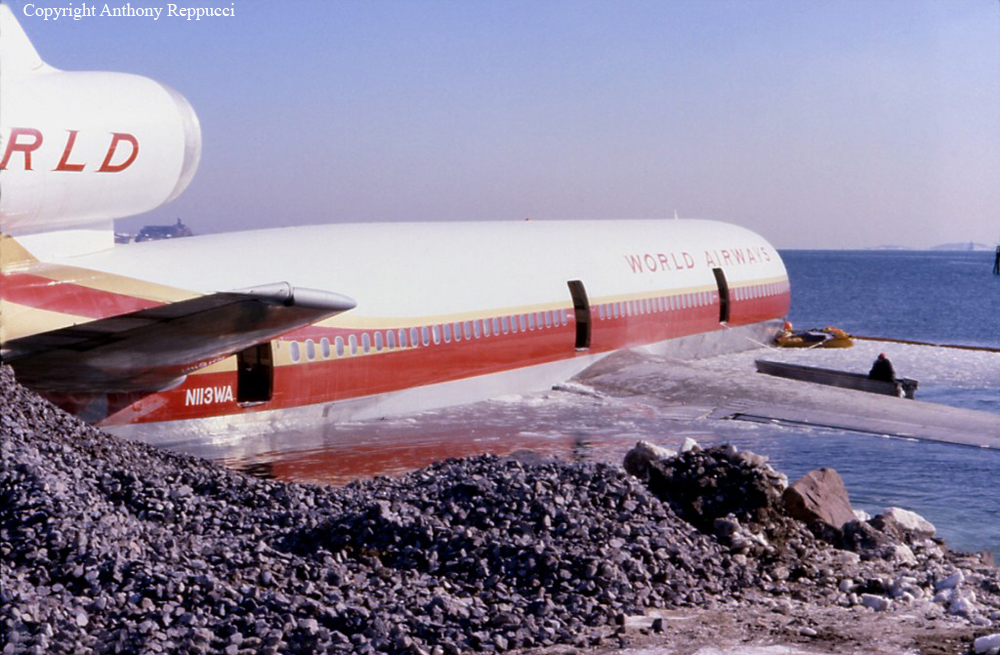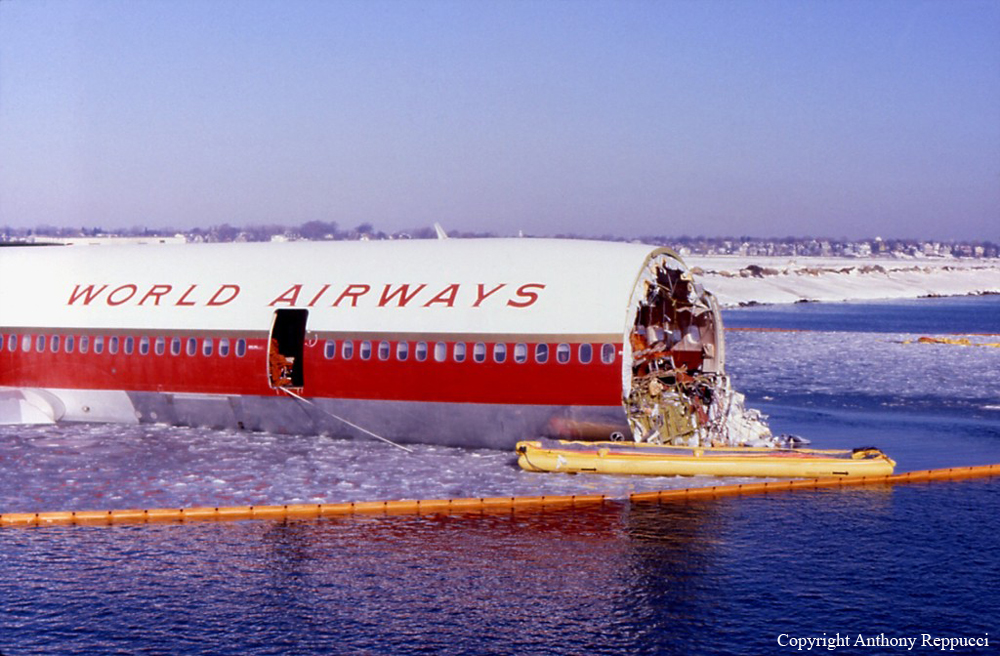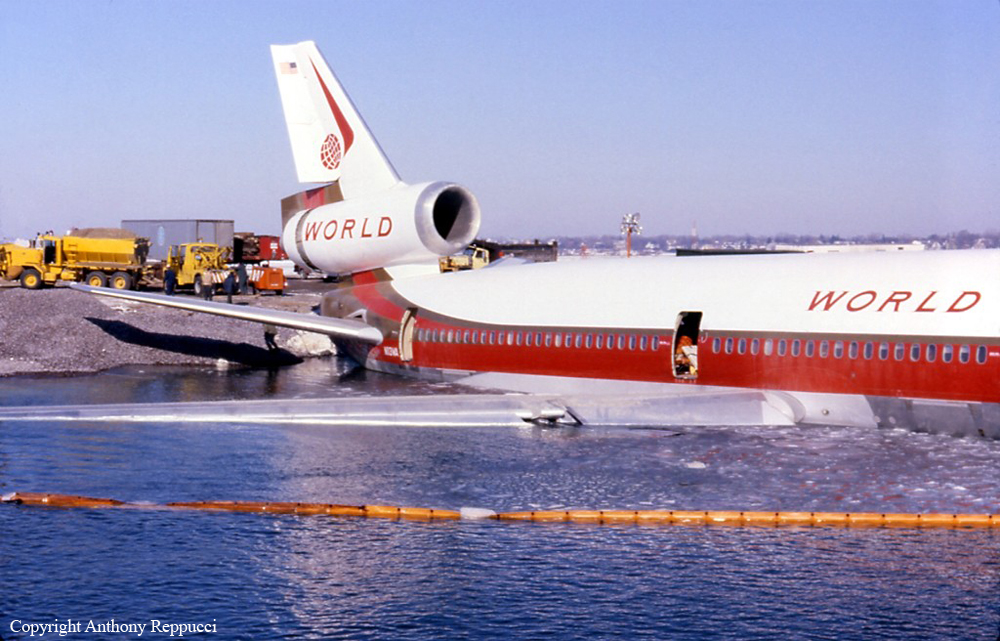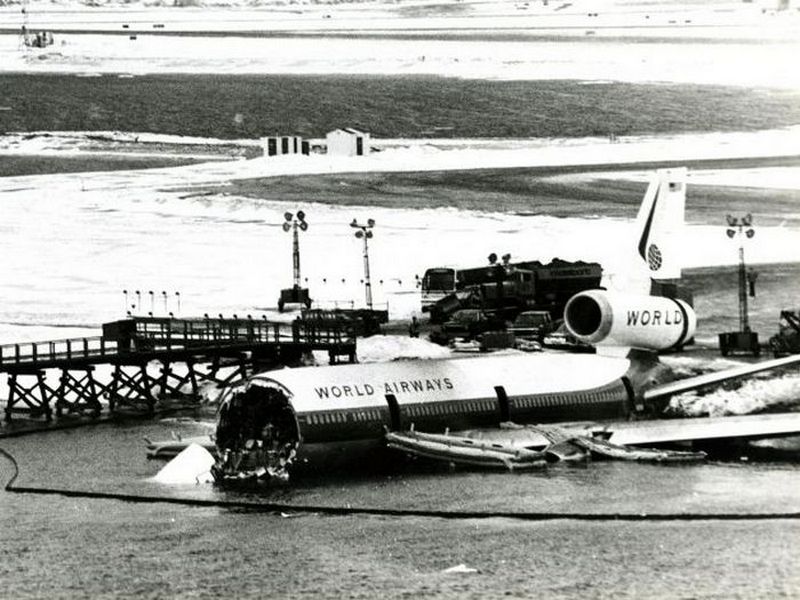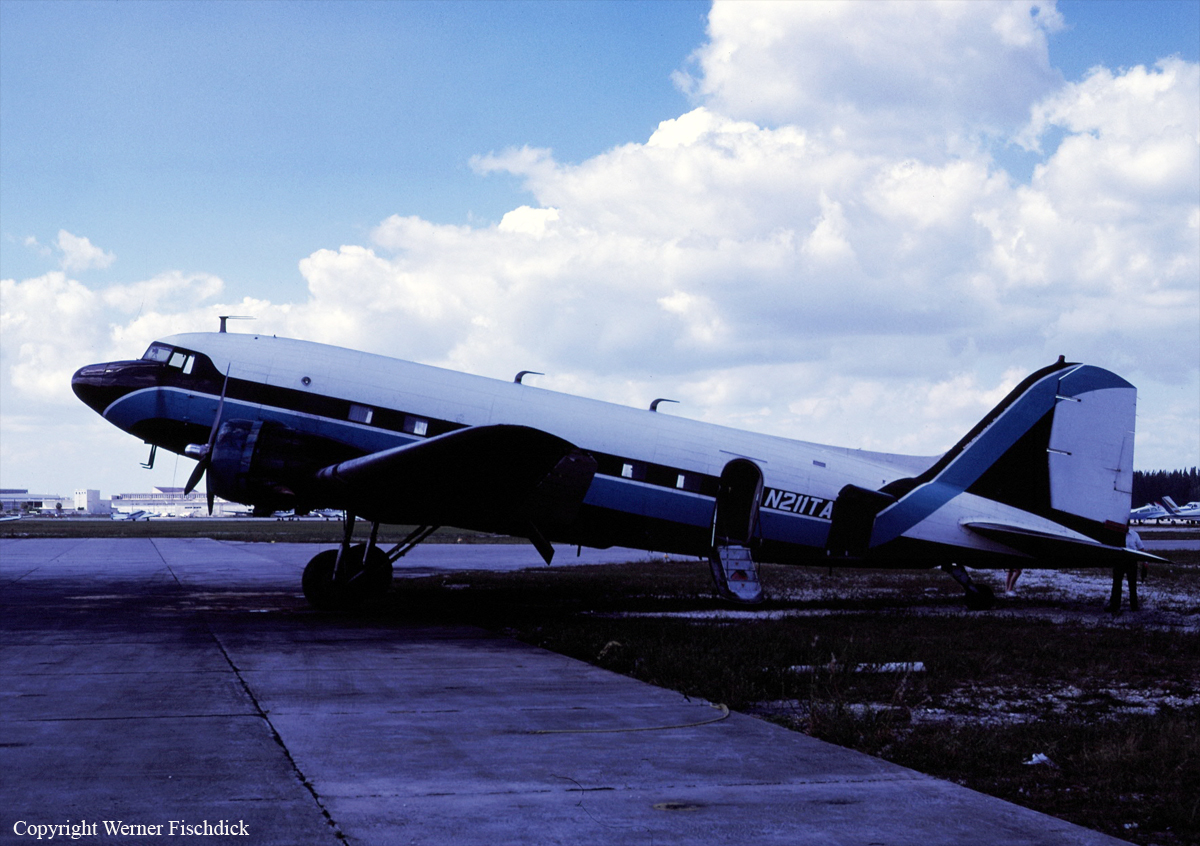Crash of a Cessna 421A Golden Eagle I near Miami: 2 killed
Date & Time:
Feb 11, 1982 at 0546 LT
Registration:
N24CC
Survivors:
No
Schedule:
Miami - Miami
MSN:
421A-0043
YOM:
1967
Crew on board:
1
Crew fatalities:
Pax on board:
1
Pax fatalities:
Other fatalities:
Total fatalities:
2
Captain / Total hours on type:
560.00
Aircraft flight hours:
3096
Circumstances:
The flight departed the Tamiami Airport, Miami, Florida at approximately 2100 est on February 9, 1982. There was no flight plan filed and the purpose, destination, and locations of possible enroute stops were not determined. The next reported communication with the flight was at 0533 on February 11, 1982 when the following transmission was recorded on the Miami international airport's control tower frequency: "mayday-mayday-mayday twin Cessna 421CC going in west of Miami, going in west of Miami." The aircraft initially impacted the terrain while on an easterly heading in a near level attitude. It bounced and impacted the second time in a 40° nose down attitude and flipped inverted. The wing fuel tanks ruptured in the crash but the main tanks were intact and found void of fuel. Both propellers separated during the crash sequence and the blade distortions were not indicative of power at the time of impact.
Probable cause:
Occurrence #1: loss of engine power(total) - nonmechanical
Phase of operation: cruise
Findings
1. (c) fluid,fuel - exhaustion
2. (c) preflight planning/preparation - inadequate - pilot in command
3. (c) judgment - poor - pilot in command
----------
Occurrence #2: forced landing
Phase of operation: descent
----------
Occurrence #3: in flight collision with terrain/water
Phase of operation: landing - flare/touchdown
Findings
4. (f) weather condition - fog
5. (f) light condition - dark night
6. (f) terrain condition - rough/uneven
Phase of operation: cruise
Findings
1. (c) fluid,fuel - exhaustion
2. (c) preflight planning/preparation - inadequate - pilot in command
3. (c) judgment - poor - pilot in command
----------
Occurrence #2: forced landing
Phase of operation: descent
----------
Occurrence #3: in flight collision with terrain/water
Phase of operation: landing - flare/touchdown
Findings
4. (f) weather condition - fog
5. (f) light condition - dark night
6. (f) terrain condition - rough/uneven
Final Report:


